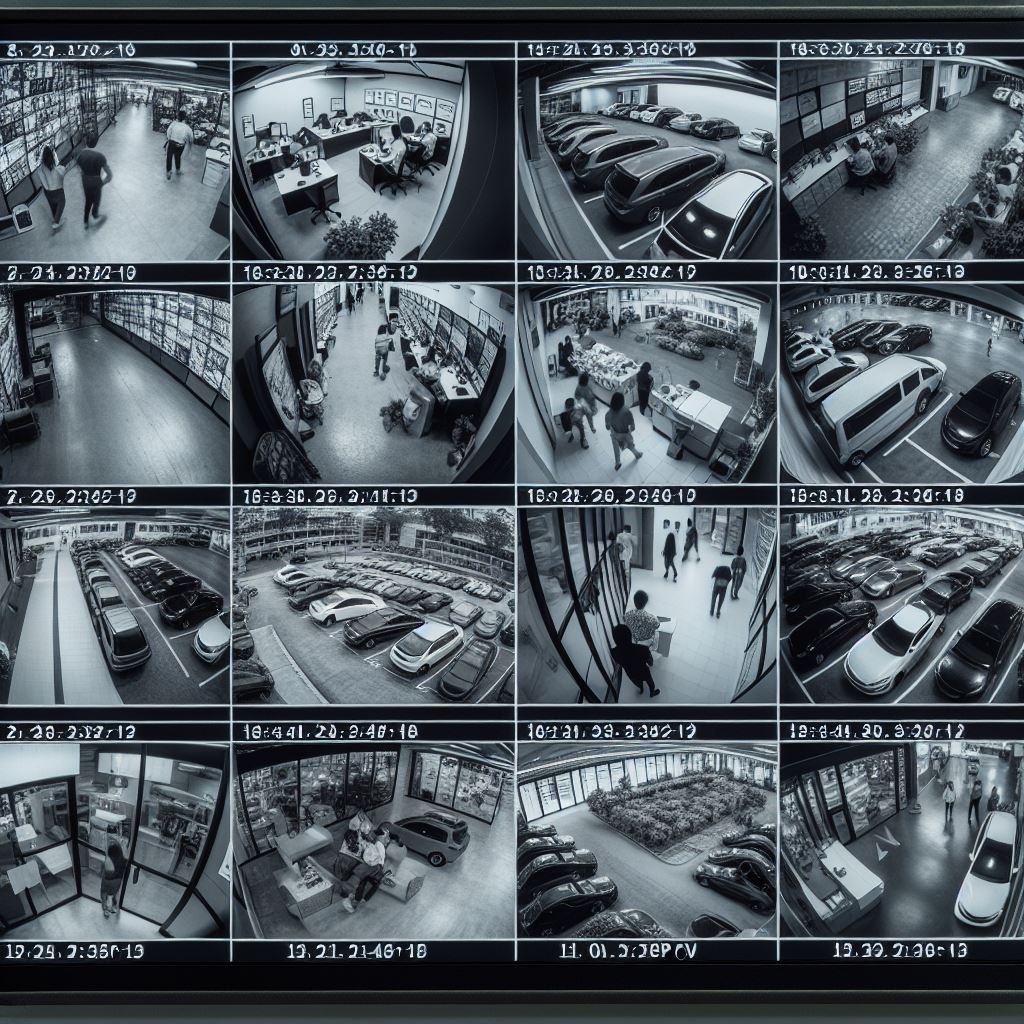Closed-circuit television (CCTV) has become a ubiquitous feature in modern urban landscapes, with cameras installed in streets, businesses, and public spaces worldwide. The primary goal of these surveillance systems is to enhance public safety and reduce crime. But how effective is CCTV in helping police solve crimes? This article delves into the various aspects of CCTV’s role in law enforcement, examining its benefits, limitations, and the broader implications for society.
The Role of CCTV in Crime Prevention and Investigation
CCTV systems are designed to serve two main purposes: crime prevention and crime investigation. The presence of cameras can act as a deterrent to potential offenders, reducing the likelihood of criminal activity in monitored areas. However, the effectiveness of CCTV as a deterrent varies depending on the type of crime and the context in which the cameras are used.
In terms of crime investigation, CCTV footage can provide crucial evidence that aids police in identifying and apprehending suspects. This evidence can include visual identification of offenders, verification of witness statements, and the reconstruction of crime scenes. Studies have shown that CCTV footage is frequently requested by police as part of their investigative process.
Empirical Evidence on CCTV’s Effectiveness
Research on the effectiveness of CCTV in solving crimes has produced mixed results. A study conducted in New South Wales, Australia, found that cases with CCTV footage had an 18% higher clearance rate compared to those without footage. This suggests that CCTV can significantly enhance the ability of police to solve certain types of crimes, particularly theft and property damage.
In the United Kingdom, a study of over 250,000 crimes recorded on the British railway network revealed that CCTV footage was available in almost half of all cases and was useful in two-thirds of those cases. This indicates that CCTV can be a valuable tool in criminal investigations, although its effectiveness may vary depending on the specific circumstances of each case.
Factors Influencing the Effectiveness of CCTV
Several factors can influence the effectiveness of CCTV in solving crimes:
- Quality of Footage: High-resolution cameras and proper maintenance are essential for capturing clear and usable footage. Poor-quality images can hinder the identification of suspects and the reconstruction of events.
- Coverage and Placement: The strategic placement of cameras in high-crime areas and locations with high foot traffic can maximize their impact. However, gaps in coverage can limit the usefulness of CCTV systems.
- Timeliness: The prompt retrieval and analysis of CCTV footage are crucial for effective investigations. Delays in accessing footage can reduce its value as evidence.
- Integration with Other Technologies: Combining CCTV with other technologies, such as facial recognition and license plate recognition, can enhance its effectiveness in identifying suspects and vehicles involved in crimes.
Limitations and Challenges
Despite its potential benefits, CCTV also has several limitations and challenges:
- Privacy Concerns: The widespread use of surveillance cameras raises significant privacy issues. Critics argue that constant monitoring can infringe on individuals’ rights to privacy and create a sense of being constantly watched.
- Cost: Installing and maintaining CCTV systems can be expensive. Municipalities and businesses must weigh the costs against the potential benefits in terms of crime reduction and public safety.
- False Sense of Security: The presence of cameras may lead individuals to believe they are safer than they actually are, potentially reducing their vigilance and personal safety measures.
- Displacement Effect: Criminals may simply move their activities to areas not covered by CCTV, leading to a redistribution rather than a reduction of crime.
Case Studies and Real-World Examples
Several high-profile cases have highlighted the role of CCTV in solving crimes. For instance, CCTV footage played a crucial role in identifying the suspects involved in the 2005 London bombings and the 2013 Boston Marathon bombing. These cases demonstrate the potential of CCTV to provide critical evidence in major investigations.
In Chicago, surveillance cameras reportedly helped solve 4,500 crimes over four years. However, this represents only a small fraction of the total number of crimes committed during that period, suggesting that while CCTV can be helpful, it is not a panacea for all criminal activity.
Conclusion
CCTV can be a valuable tool for law enforcement, aiding in both the prevention and investigation of crimes. Empirical evidence suggests that CCTV footage can increase clearance rates for certain types of crimes and provide crucial evidence in major investigations. However, the effectiveness of CCTV is influenced by various factors, including the quality of footage, coverage, and timeliness of access.
Despite its benefits, CCTV also presents challenges, including privacy concerns, costs, and the potential for a false sense of security. As technology continues to evolve, the integration of CCTV with other surveillance tools may enhance its effectiveness, but it is essential to balance the benefits with the potential drawbacks.
Ultimately, while CCTV can help police solve crimes, it should be viewed as one component of a broader strategy for crime prevention and public safety.





